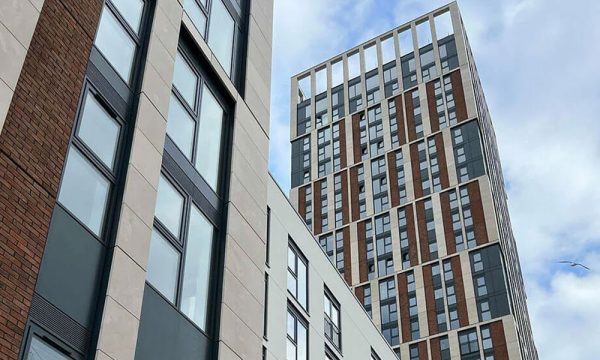The Building Safety Act 2022 has reshaped the regulatory landscape for the built environment in England, with far-reaching implications not only for residential buildings but also for the commercial property sector. While the Act was introduced in response to the Grenfell Tower tragedy — and is primarily concerned with the safety of higher-risk residential buildings — its influence on commercial property cannot be understated.
One of the most significant changes introduced by the Act is the introduction of duty holder roles throughout the design, construction, and occupation phases of a building’s lifecycle. For commercial developers and landlords, this means assuming clearer legal responsibilities for ensuring safety, both throughout initial development and through ongoing building management. These roles align closely with the Construction (Design and Management) Regulations 2015 but now carry stronger enforcement mechanisms and accountability.

Although the core regulatory framework targets buildings over 18 metres and those with at least two residential units, mixed-use developments and commercial buildings within multi-use schemes are frequently brought within scope. This has led commercial property owners and managing agents to reassess their compliance strategies, especially in buildings that feature commercial units beneath residential floors.
Another key element is the requirement to maintain a “Golden Thread” of building information — accurate, up-to-date, and accessible safety data that spans a building’s entire lifecycle. For the commercial sector, this creates heightened demand for digital asset management, robust record-keeping, and transparent communication with tenants, facilities managers, and contractors.
The Act also strengthens the role of the Building Safety Regulator, giving the Health and Safety Executive (HSE) broader powers to oversee compliance. Commercial landlords undertaking refurbishment or structural alterations now face increased scrutiny, particularly where changes could impact fire strategy or compartmentation.
Furthermore, building owners and investors are increasingly under pressure from insurers, occupiers, and ESG frameworks to demonstrate compliance with evolving safety standards. Failing to do so could impact building insurability, asset value, and occupier demand — especially in a market that is progressively more risk-aware.
In summary, while the Building Safety Act may not apply to all commercial buildings in the strictest sense, its influence is reshaping how the sector approaches safety, governance, and long-term asset management. For forward-thinking commercial property professionals, the Act presents not only a legal obligation but a catalyst for adopting smarter, safer, and more sustainable property management practices.
GDA Surveying is a RICS-registered firm, consisting of highly experienced chartered surveyors, providing expert advice and project support. Our dedication to delivering personalised solutions and a strong commitment to quality and exceptional customer service sets us apart. If you are considering the impact of The Building Safety Act 2022 on your property stock, or require technical support across your property portfolio, we would welcome the opportunity to demonstrate the added value GDA Surveying can offer in achieving statutory compliance.



